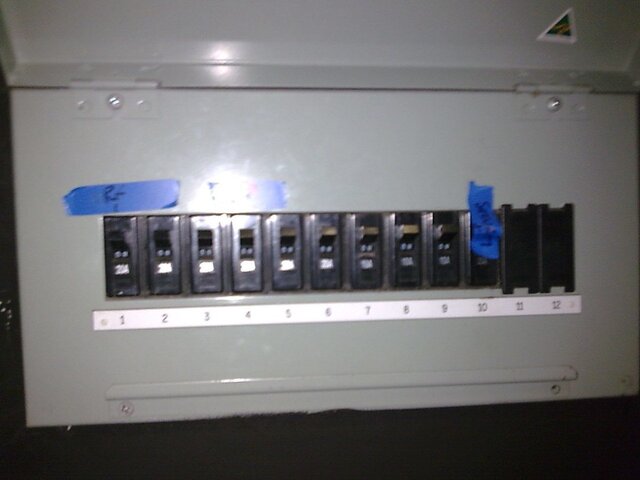Hughesie
Well-Known Member
Recently i worked out that something that is common place at a place where i work is infact increasingly stupid.
Have a switchpanel substation for the "sound" power outlets so at the end of the night instead of crawling under our sound riser we can just turn off the amps and flick these switches, as this power is the most reliable (due to being grounded in venue to remove hum issues) our security system also runs off it so when someone mistakenly turns off all the breakers our security system dies. To combat this someone decided to tape over the breaker to stop people turning it off.
This is amazingly stupid but i wonder how many other places this happens at, does anyone know why this is so bad bad.
p.s im looking at our more junior members as our senior members are well experienced in the reasons why this is bad.
Have a switchpanel substation for the "sound" power outlets so at the end of the night instead of crawling under our sound riser we can just turn off the amps and flick these switches, as this power is the most reliable (due to being grounded in venue to remove hum issues) our security system also runs off it so when someone mistakenly turns off all the breakers our security system dies. To combat this someone decided to tape over the breaker to stop people turning it off.
This is amazingly stupid but i wonder how many other places this happens at, does anyone know why this is so bad bad.
p.s im looking at our more junior members as our senior members are well experienced in the reasons why this is bad.






